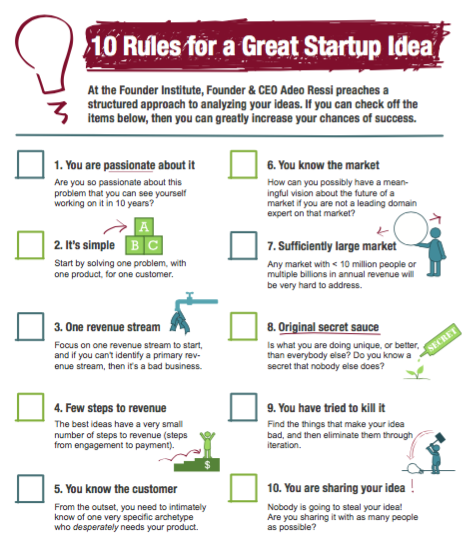Your vision should rarely change. Your strategy should occasionally change. Your tactics should regularly change. – Aaron Levie, Box Co-Founder and CEO
Alistair Croll, co-author of the book Lean Analytics, coined the term Minimum Viable Vision (MVV) as a way to help identify the minimum criteria a business idea should meet.
Although a passionate founding team can succeed in any industry, agreeing on a shared MVV helps close doors, focuses the business efforts and provides a benchmark for evaluating progress.
Kera co-founder, Max Cameron, told me during our interview that they decided early to position their company around education. Their vision was to help people use software. Once Max and his partners agreed on that vision, they were able to explore different products (onboarding software, a community to help answer questions around the use of software, etc) while keeping alignment with their vision.
Agreement on vision is the foundation of any startup. It’s always a good idea to create your own MVV.
It’s crucial to be building a business that makes sense for you; not just any business. Adeo Ressi — a serial entrepreneur and founder of the Founder Institute — has put together one of the most complete checklist of base criteria to test your idea (below).
So, what will be part of your MVV?
More on Minimum Viable Vision
- How to Use Customer Discovery to Build a Startup: The Definitive Guide
- The 3 Things Your Minimum Viable Product Should Say About Your B2B Startup
- [ Interview ] Sachin Rekhi on How to Get Actionable User Feedback for Your Product
Download the First 4 Chapters Free
Learn the major differences between B2B and B2C customer development, how to think about business ideas, and how to assess a venture’s risk in this 70-page sampler.
Looking for a Business Idea?
Join our free email course on finding B2B business ideas:



